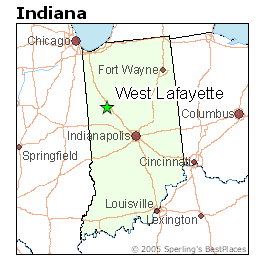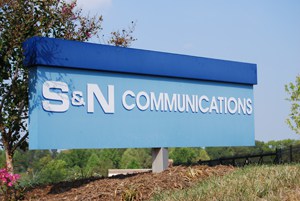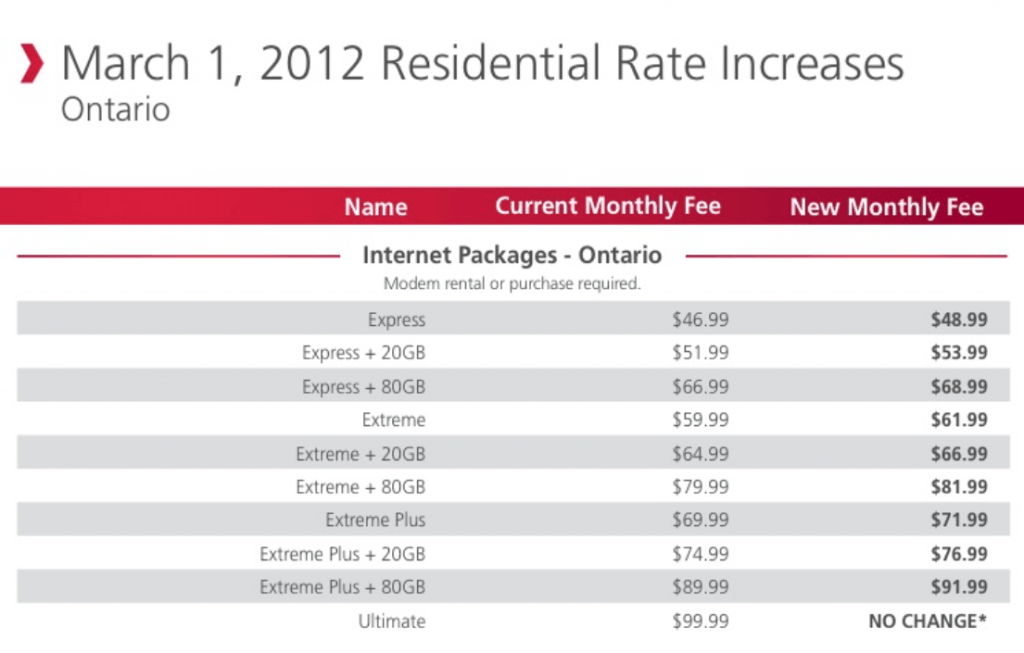Years ago, phone companies could not simply raise rates willy-nilly. They had to justify rate increases before an oversight body, usually on the state level. But after spending millions to lobby state lawmakers to deregulate the phone business, AT&T is set to recoup their investment with a dramatic 25 percent rate increase for landline phone service in the state of California.
Some residential customers have kept basic landline service as a last resort, switching to “measured service,” where customers pay a small charge for every call they make or receive a calling allowance that covers several calls a day. Measured service can deliver substantial savings over traditional flat rate service. But now AT&T is targeting these “budget customers” for some stunning rate hikes.
Starting March 1st, AT&T is raising rates by nearly 25% for measured service — from $12.37 to $15.37 a month — a $3 increase. After your calling allowance is exhausted, each additional local call will cost three cents per minute.
Customers with flat rate service will also pay AT&T $1.05 more — $21 a month (before taxes, fees, and surcharges) for basic flat rate, unlimited local calling.
Best of all (for AT&T), the company does not have to explain or justify the rate increase. That attitude was evident when reading the Los Angeles Times‘ account of the rate hike, complete with an arrogant, shoulder-shrugging AT&T spokesman:
Lane Kasselman, an AT&T spokesman, said fees for measured and flat-rate calling plans are going up because, well, because.
“Goods and services go up,” he told me. “That’s how our economy works.”
The increase is expected to hit seniors and low income consumers the hardest — they are the biggest constituency of the 10 percent of AT&T customers who choose measured-rate, budget service. They are also the least likely to have cut the cord on their traditional landline service in favor of a cell phone or competing Voice Over IP provider.
AT&T hints that the rate increase is partly to push customers into multi-service bundles that include phone, Internet, and television service. By hiking the price of individual services, the bundled price suddenly seems to deliver the best “savings” for customers.
Critics call that price pumping — artificially raising the price of a-la-carte services to create phantom savings for the company’s higher-revenue bundled service packages.
A San Francisco advocacy group calls it something else.
“It’s extortion, pure and simple,” said Regina Costa, telecom research director for the Utility Reform Network, or TURN, a consumer group. “There’s no proof that these price increases are justified.”
Thanks to California’s deregulation of the landline phone business, no proof is required.


 Subscribe
Subscribe







